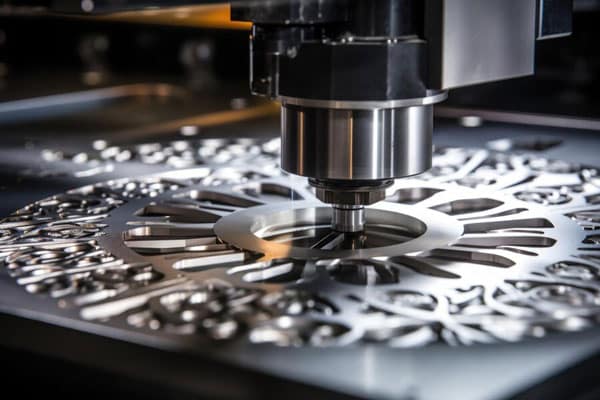Melted material is injected into a mold cavity during the extensively used industrial process of injection molding. Many things, from complex parts to commonplace objects, can be made using this procedure. The manufacturing industry has undergone a revolution thanks to injection molding’s efficiency and versatility.
The Development and History of Injection Molding
Although injection molding has its origins in the late 19th century, major developments did not bring it into the mainstream of production until the 20th century. The accuracy and speed of injection molding operations have continuously improved with the introduction of new materials and technology.
Important Elements and Procedures
A number of essential parts are needed for injection molding, including the mold, clamping unit, injection unit, and control system. The raw material is first heated and melted before being heavily pressurized and pumped into the mold cavity. When the substance cools and solidifies, the mold opens, allowing the completed item to be released.
Uses and Sectors
Because of its adaptability, injection molding is used in many different industries, including as consumer products, automotive, aerospace, and medical. Whether producing complex medical devices or robust automotive components, injection molding provides unmatched accuracy and reliability in production.
What is CNC Machining?
In the CNC machining process, factory equipment and tool movement are controlled by pre-programmed computer software. Numerous sophisticated pieces of equipment, such as mills, routers, and lathes, can be operated by this technology. Three-dimensional cutting jobs can be completed with CNC machining in only one set of instructions.
The process of CNC machining
There are multiple steps in the CNC machining process, and each is essential to producing the intended end result:
- Design and CAD Models: A comprehensive digital blueprint of the part or product is provided by a CAD (Computer-Aided Design) model, which is created at the start of the process.
- Converting CAD to CNC Program: CAM (Computer-Aided Manufacturing) software is used to turn the CAD model into a CNC program.
- Setup and Calibration: To guarantee accuracy, the machine is calibrated and equipped with the necessary tools. Securing the material (workpiece) to the machine is often the focus of this stage.
- Machining Execution: The CNC machine moves the tools and the workpiece in accordance with the G-code instructions to cut, drill, mill, or otherwise shape the material into the required shape.
- Finishing and Inspection: The item goes through surface treatment and deburring procedures after machining. The part is guaranteed to meet all requirements and quality standards by a final inspection.
Towards CNC Machining’s Future
CNC machining is always changing as technology progresses. Production process optimization, downtime reduction, and improved predictive maintenance are all expected benefits of integration with AI and machine learning.
In summary
In today’s manufacturing environment, CNC machining is essential because it provides unmatched accuracy, productivity, and adaptability. Its influence across multiple industries, stimulating innovation and making it possible to produce intricate, high-caliber components and goods. CNC machining will surely be at the forefront of manufacturing as technology develops, influencing future production and design.
Reference
*Image from https://s3da-design.com/

